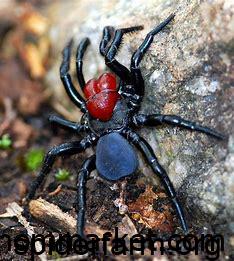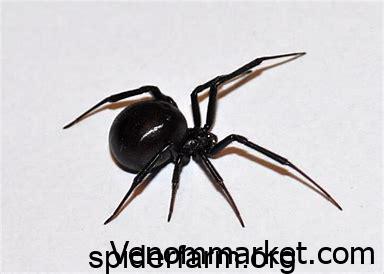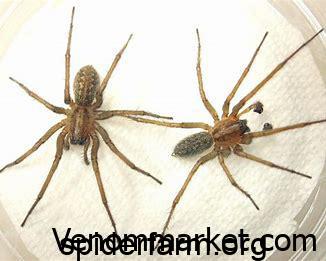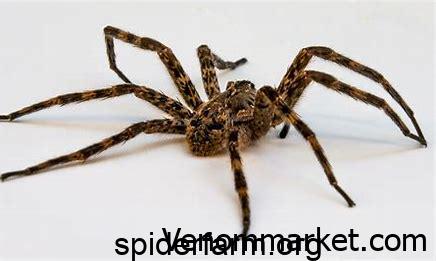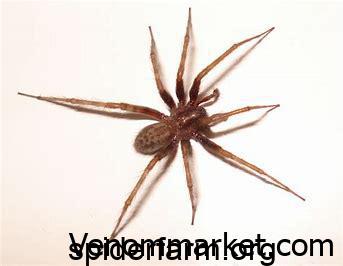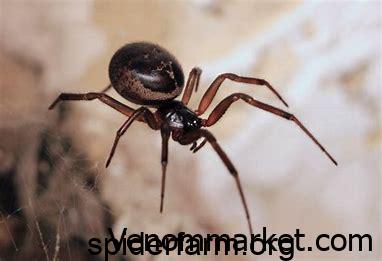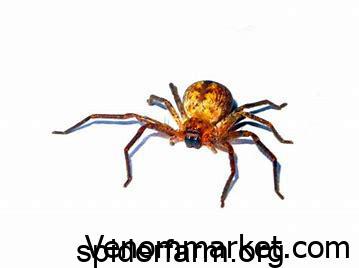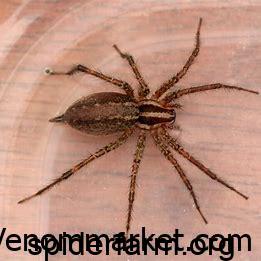Scorpion Venom in Human Medicine-
In general, the scorpions are not very cherished creatures. The fear they cause is enough to be exterminated without the possibility of thinking of another solution that allows them to survive. Scorpions are undervalued beings.
Science has repeatedly shown that arachnids, in general, are more important than we think. Beyond an aspect that we consider unpleasant to be outside our ideal of beauty, these beings possess interesting and valuable features for science. With its venom many cures for chronic and deadly diseases have been discovered in humans, among them, some advances to fight one condition that kills about 8 million people in the world each year: cancer.
The blue scorpion (Rhopalurus junceus) is more than just a poisonous being endemic to the island of Cuba. It is the protagonist of research currently being carried out to find a cure for breast cancer, a disease that has ended the lives of millions of women in the world
Scorpion Venom
-Scorpions give birth to live young
Scorpion Venom:Unlike insects, which generally deposit eggs outside their bodies, scorpions produce live babies, a practice known as viviparity. Some scorpions develop within a membrane, where they receive nourishment both from a yolk and from their mothers. Others develop without a membrane and receive nourishment directly from their mothers. The gestational stage can be as short as two months, or as long as 18 months, depending on the species. After birth, the newborn scorpions ride on their mother’s back, where they remain protected until they molt for the first time. After this, they disperse

-Scorpions have long lifespans
Scorpion venom: Most arthropods have relatively brief lives compared to other animals. Many insects live just weeks or months. Mayflies last just a few days. But scorpions are among the arthropods with the longest lifespans. In the wild, scorpions typically live from 2-10 years. In captivity, scorpions have lived as long as 25 years
-Scorpions are ancient organisms
Were you able to travel back in time 300 million years, you would encounter scorpions that look remarkably similar to their descendants living today. Fossil evidence shows that scorpions have remained largely unchanged since the Carboniferous period. The first scorpion ancestors likely lived in the seas, and may even have had gills. By the Silurian period, 420 million years ago, some of these creatures had made their way onto land. Early scorpions may have had compound eyes
-Scorpions can survive just about anything
Arthropods have lived on land for over 400 million years. Modern scorpions can live as long as 25 years. That’s no accident. Scorpions are champions of survival. A scorpion can live for a full year without food. Because they have book lungs (like horseshoe crabs), they can stay submerged underwater for up to 48 hours and survive. Scorpions live in harsh, dry environments, but they can live on only the moisture they obtain from their food. They have extremely low metabolic rates and require only a tenth of the oxygen of most insects.

-Scorpions are arachnids
Scorpions are arthropods that belong to the Class Arachnida, the arachnids. The arachnids include spiders, harvestmen, ticks and mites, and all manner of scorpion-like creatures that aren’t really scorpions: whipscorpions, pseudoscorpions, and windscorpions. Like their arachnid cousins, scorpions have two body parts (cephalothorax and abdomen) and four pairs of legs. Although scorpions share anatomical similarities with all of the other arachnids, scientists who study their evolution believe they are most closely related to harvestmen (Opiliones).
-Scorpions dance before mating
Scorpions engage in an elaborate courtship ritual, known as the promenade à deux (literally, a walk for two). The dance begins when the male and female make contact. The male takes his partner by her pedipalps and gracefully walks her back and forth until he finds a proper location for his spermatophore. Once he deposits his package of sperm, he leads the female over it and positions her genital opening so she can take up the sperm. In the wild, the male usually makes a quick departure once mating is completed. In captivity, the female often devours her mate, having worked up an appetite from all the dancing.
Scorpion Venom




